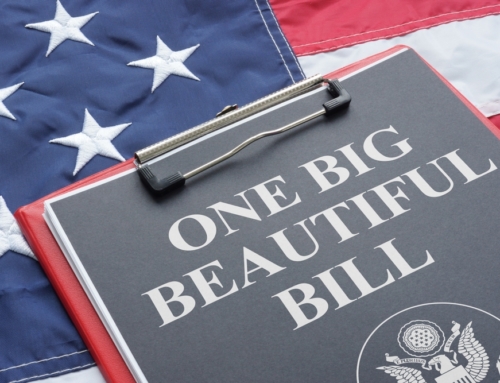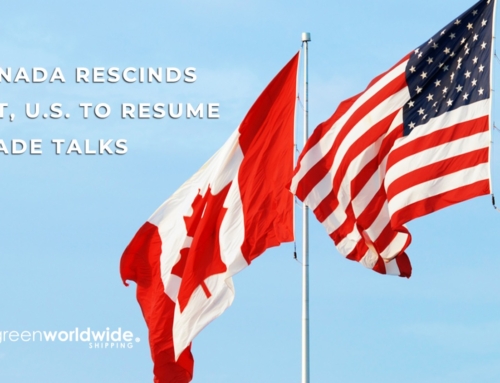In times of globalization, goods get shipped from all over the world. Every link of supply chain gets validated and tested: placing a purchase order, manufacturing, shipping, and receiving at the final destination.
It is understandable though, that despite numerous quality controls put in place, things just might go wrong.
For instance, it may not be feasible for the manufacturer to check every single item during the manufacturing process, or perhaps the goods were damaged while in transit. Evidently, there could also be other reasons for importers to find themselves in below situation:
Importer receives merchandise from overseas shipper, pays U.S. Customs duties and fees, moves imported merchandise to the warehouses and realizes that the merchandise is defective.
The importer is faced with a dilemma…Can they return the defective product and get a refund of duties back from Customs?
THE SHORT ANSWER IS…YES!
U.S. Customs and Border Protection’s (CBP) duty drawback program may be a viable option for an importer in this situation.
One specific type of drawback regulates this precise condition – Rejected Merchandise Drawback.
In cases where imported goods were discovered to be defective, in general, 99% of duties paid can be refunded (including Section 201 or 301 tariffs), provided these goods have been exported within a 5-year period since the date of importation.
Duty Drawback process is complex and requires thorough preparation:
- There are procedures that must be followed in a strict accordance with drawback regulations.
- There are number of supporting documents that must be submitted to CBP to support drawback claim.
- A reliable inventory and recordkeeping systems are necessary to facilitate matching / linking import entries with export of defective products to file a drawback claim.
According to Customs regulations, the exporter or destroyer of the goods is the party entitled to claim drawback; this means if the Importer of Record would prefer to act as the drawback claimant, a waiver of drawback rights is required from the exporter or destroyer.
Actions needed to file a rejected merchandise duty drawback claim include:
- Analyzing the situation and determine that duty drawback is essential
- Gathering supporting documentation to establish and prove that the merchandise is indeed defective as of the time of importation.
- Submitting a Notice of Intent to Export (CF7553) to CBP to give them the opportunity to examine goods prior to exportation.
- Exportation of the goods
- Filing the drawback claim
- Claim approval or denial by CBP
Regulations change constantly. To navigate through the intricate drawback process, reach out to Green’s Global Trade Solutions team for expert advice.
IMPORTERS & EXPORTERS NEED A RELIABLE COMPLIANCE PARTNER TO GUIDE THEM THROUGH THIS REGULATORY MAZE
meet kate rayer
Global Trade Manager, LCHB
Green Worldwide Shipping, LLC






